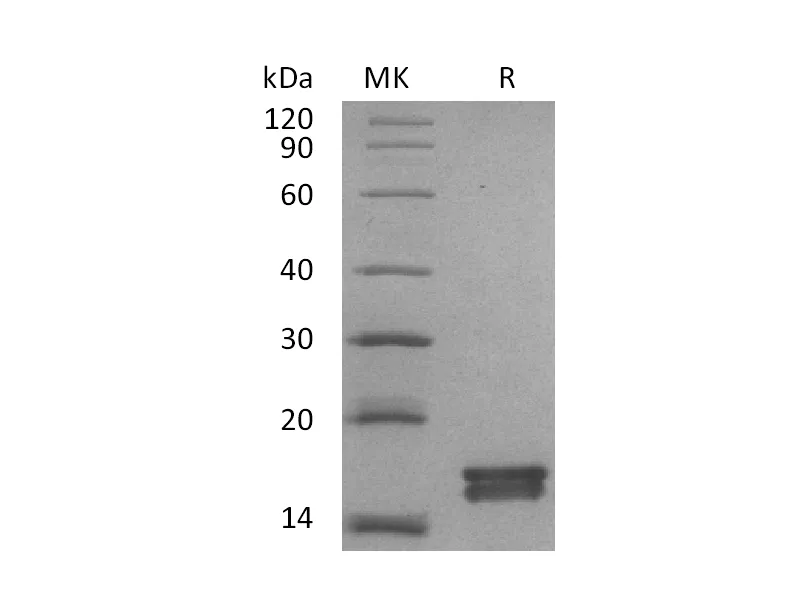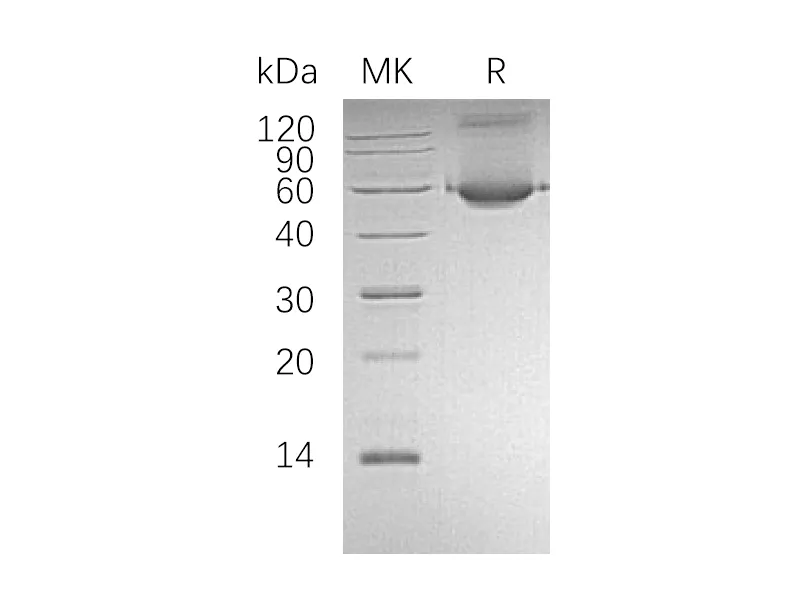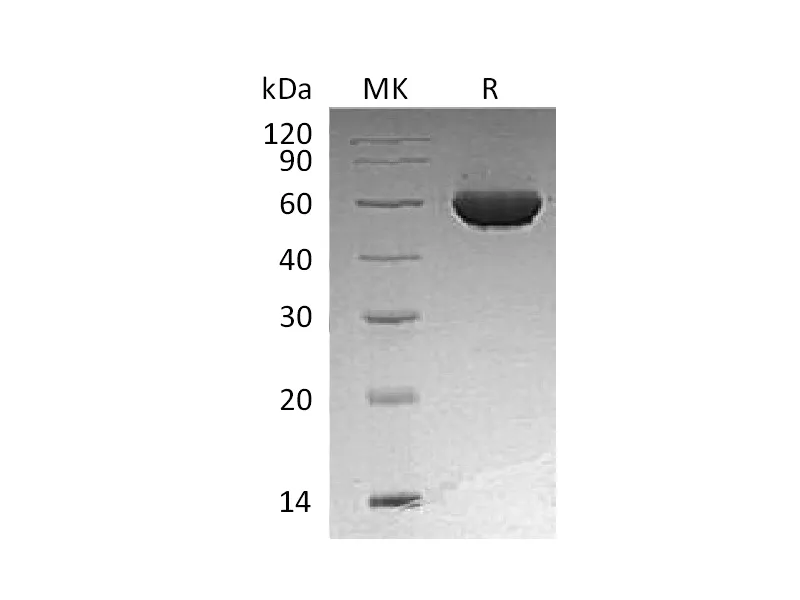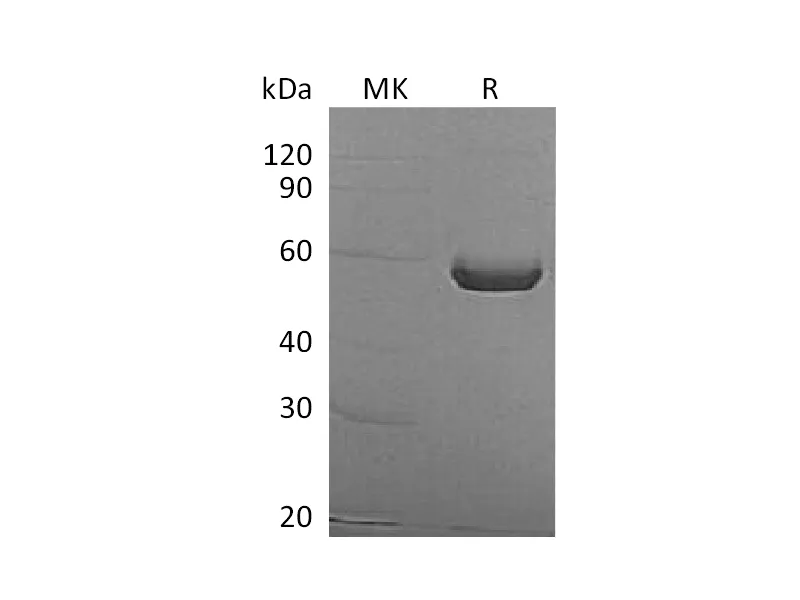Alternative Names
Carcinoembryonic antigen-related cell adhesion molecule 5; CEACAM5; Carcinoembryonic antigen; CEA; Meconium antigen 100; CD66e
Background
Carcinoembryonic antigen-related cell adhesion molecules (CEACAMs) belong to a group of mammalian immunoglobulin related glycoproteins. They play critical roles in cell–cell recognition. CEACAM5, also called CEA and CD66e, is characterized by having seven extracellular Ig domains and a glycosylphosphatidylinositol (GPI) anchor. CEACAM5 is expressed primarily by epithelial cells, and functions as a calcium-independent adhesion molecule through homophilic and heterophilic interactions with CEACAM1. Studies have shown that CEACAM5 is overexpressed in a majority of carcinomas, and its overexpression can protect tumor cells from apoptosis. It is commonly used as a cancer marker.
Note
For Research Use Only , Not for Diagnostic Use.




